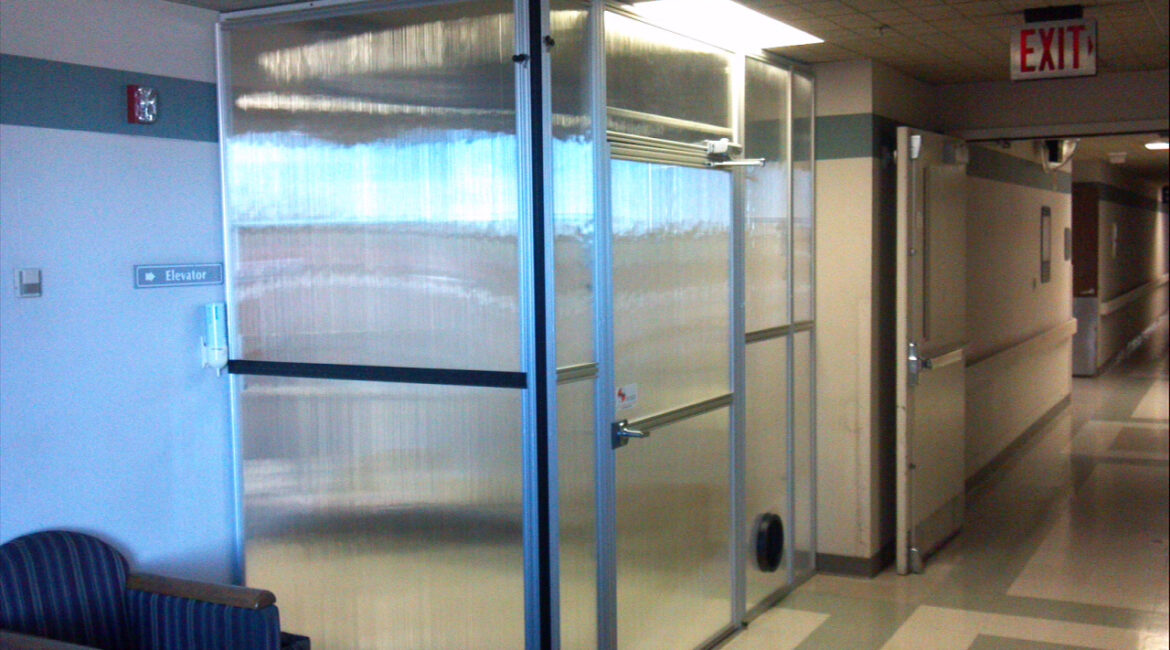Overview:
Anterooms, also known as vestibules or airlocks, are small enclosed spaces located at the entrance of a larger room or facility. They serve several practical purposes, primarily related to maintaining environmental control, safety, and cleanliness. Here are some common uses of anterooms:
1. Environmental Control:
Anterooms act as a buffer zone between the external environment and controlled interior spaces. They help prevent the entry of outdoor pollutants, such as dust, dirt, allergens, and contaminants, into clean or controlled areas. This is especially critical in environments like hospitals, laboratories, and cleanrooms, where maintaining specific conditions is crucial.
2. Air Pressure Regulation:
In settings where maintaining differential air pressures is essential, such as healthcare facilities and laboratories, anterooms help regulate airflows. By having two sets of doors (outer and inner) with controlled air pressure between them, anterooms prevent the direct exchange of air between different spaces. This feature is crucial in controlling airborne contaminants and maintaining the integrity of sterile or controlled environments.
3. Containment of Hazardous Substances:
Anterooms play a role in the containment of hazardous materials or substances. In situations where workers need to don specialized gear or protective clothing before entering a hazardous area, an anteroom can serve as a space for donning and doffing these items. This prevents the contamination of clean areas and helps ensure the safety of personnel.
4. Dust and Debris Control:
Anterooms can be used in construction and renovation settings to control the spread of dust and debris. Contractors can use anterooms to create a transitional area where they remove potentially contaminated clothing or equipment before entering clean spaces, reducing the risk of introducing pollutants.
5. Security and Access Control:
In some settings, anterooms act as a security measure. They provide an intermediate space between public areas and secure zones, allowing for identification, screening, or authentication before granting access to restricted areas.
6. Temperature Regulation:
Anterooms can also help regulate temperature fluctuations. By having two sets of doors, anterooms minimize the direct exchange of outdoor air with conditioned indoor air, helping maintain consistent temperatures in temperature-sensitive environments.
7. Reduction of Noise and Odors:
Anterooms can serve as acoustic buffers, helping to reduce noise transmission between different areas. Additionally, in spaces where odors might be an issue, anterooms can help contain and filter out unwanted smells.
8. Isolation for Infection Control:
Anterooms are commonly used in healthcare facilities to isolate patients with infectious diseases. This setup helps prevent the spread of contagious agents to the larger hospital environment.
Conclusion:
Anterooms are versatile spaces that cater to specific needs based on the type of facility and its requirements. They contribute to maintaining controlled environments, enhancing safety, and ensuring a clean and organized transition between different areas.

